

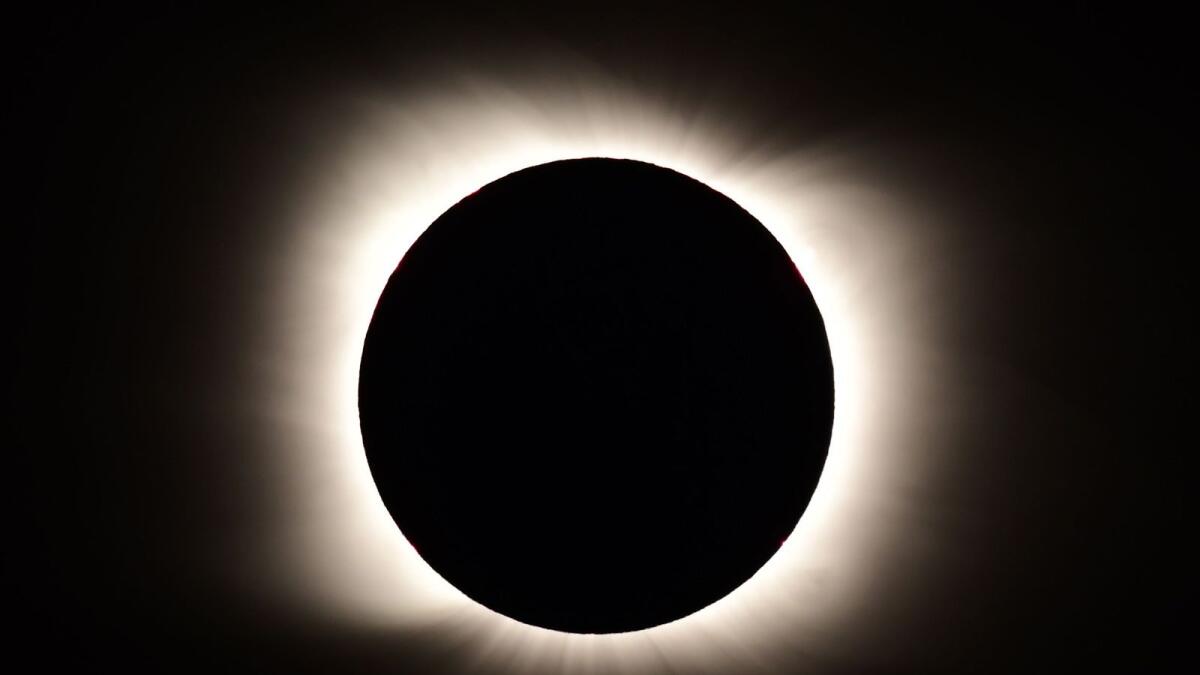
Millions of people gathered across North America to witness a rare total solar eclipse, as the moon blocked the sun's face and temporarily darkened the afternoon skies. The event was described as a unique spectacle that will not happen again for 25 years. In areas along the eclipse's trajectory, the temperature dropped and birds settled in for the night as nightfall suddenly occurred in the middle of the day. At Niagara Falls State Park, over 1,000 people gathered to witness the event in awe, as the sun's rays reappeared after the eclipse ended. Incredible footage and photographs captured the event, allowing viewers to relive the wonder of the total solar eclipse.
Total Solar Eclipse 2024: A Celestial Phenomenon
Introduction
A total solar eclipse occurs when the moon passes directly between the Earth and the sun, completely obscuring the sun's light. This rare astronomical event captivates millions of people worldwide, inspiring awe and wonder.
Solar Eclipse 2024
On April 8, 2024, a total solar eclipse will be visible across a path stretching from Mexico through the United States and Eastern Canada. The path of totality, where the moon will completely cover the sun's disk, will begin near Mazatlan, Mexico, and end in Newfoundland, Canada.
Impact and Significance
During a total solar eclipse, the sky darkens suddenly, as if night has fallen in the middle of the day. Temperatures can drop, and animals may behave as if it were nightfall. This celestial event provides a unique opportunity for scientists to study the sun's corona, the outermost layer of the sun's atmosphere, which is normally invisible.
Top 5 FAQs
1. When was the last total solar eclipse in North America?
2. How often do total solar eclipses occur?
3. Is it safe to look directly at a solar eclipse?
4. What should I expect during a total solar eclipse?
5. How can I prepare for the 2024 solar eclipse?
Conclusion
The total solar eclipse of 2024 promises to be a captivating spectacle. By understanding the background and impact of this celestial event, and by following safety guidelines, you can maximize your enjoyment of this awe-inspiring phenomenon.
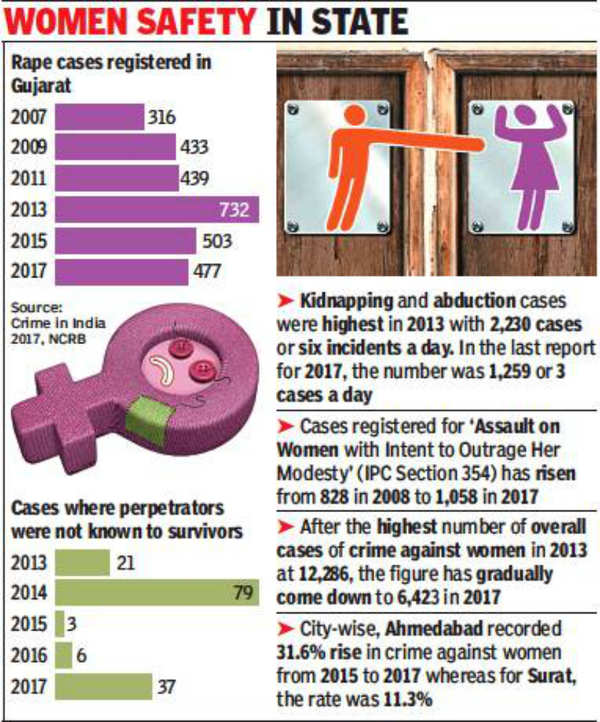
The state of Gujarat has taken precautionary measures to handle cases of HMPV, a respiratory virus, after one case was detected in a two-month-old boy two weeks ago. Three civil hospitals in Gandhinagar, Ahmedabad, and Rajkot have created isolation wards with a total of 45 beds to handle any potential health emergency. The health department has also issued an advisory to the public to prevent the spread of the virus. However, according to data from the Indian Council of Medical Research and the Integrated Disease Surveillance Programme, there has been no alarming surge in respiratory illnesses in the country.
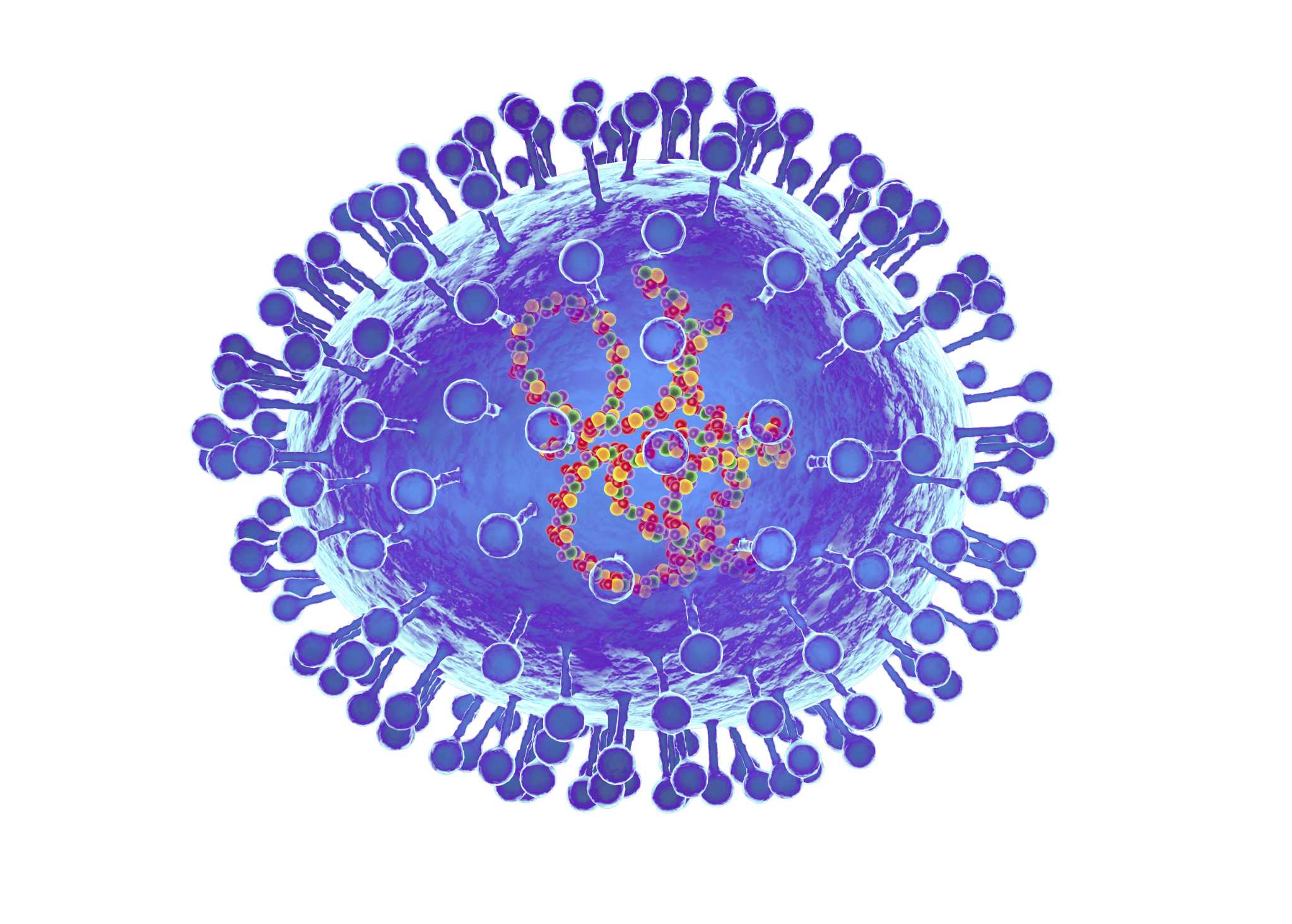
The recent detection of the Human Metapneumovirus (HMPV) in India has sparked fears of a potential new outbreak similar to the COVID-19 pandemic. However, medical authorities assure the public that HMPV has been circulating globally for years and is not a new virus. While three cases have been reported in India, there is no need to press the panic button as there has been no unusual surge in respiratory illness cases in the country. Karnataka's Health Minister Dinesh Gundu Rao stresses that this is not the first case of HMPV in India and it is not something new.
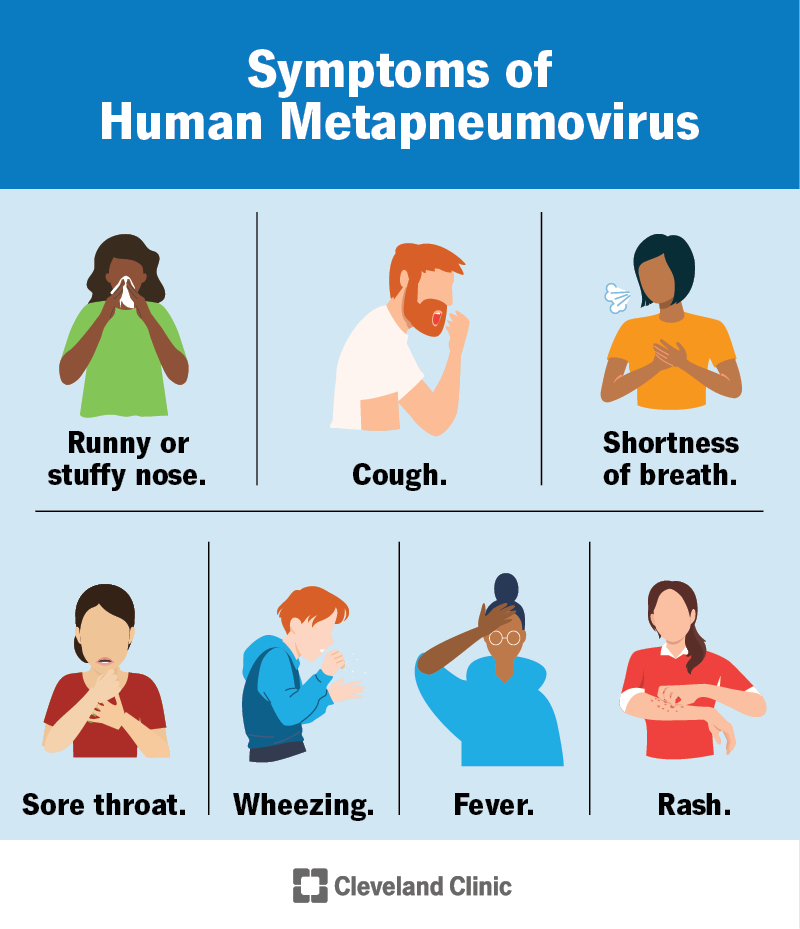
As China experiences an outbreak of Human Metapneumovirus, also known as HMPV, health officials in Telangana, India have issued a list of precautions for the public, despite no reported cases in the state. The respiratory virus, which primarily affects children, immunocompromised individuals, and the elderly, can lead to a wide range of symptoms, including mild cold-like illness and more serious respiratory conditions. However, the Indian health agency has assured that there is no cause for alarm and that the country does not need to worry at this time.

Renowned nuclear scientist and key figure in India's nuclear program, Dr. R Chidambaram, passed away at the age of 88. He was known for his contributions to nuclear research and played a significant role in India's nuclear tests and the country's civil nuclear agreement with the United States. His passing marks a significant loss for the scientific community and the country's progress in the field of nuclear technology.
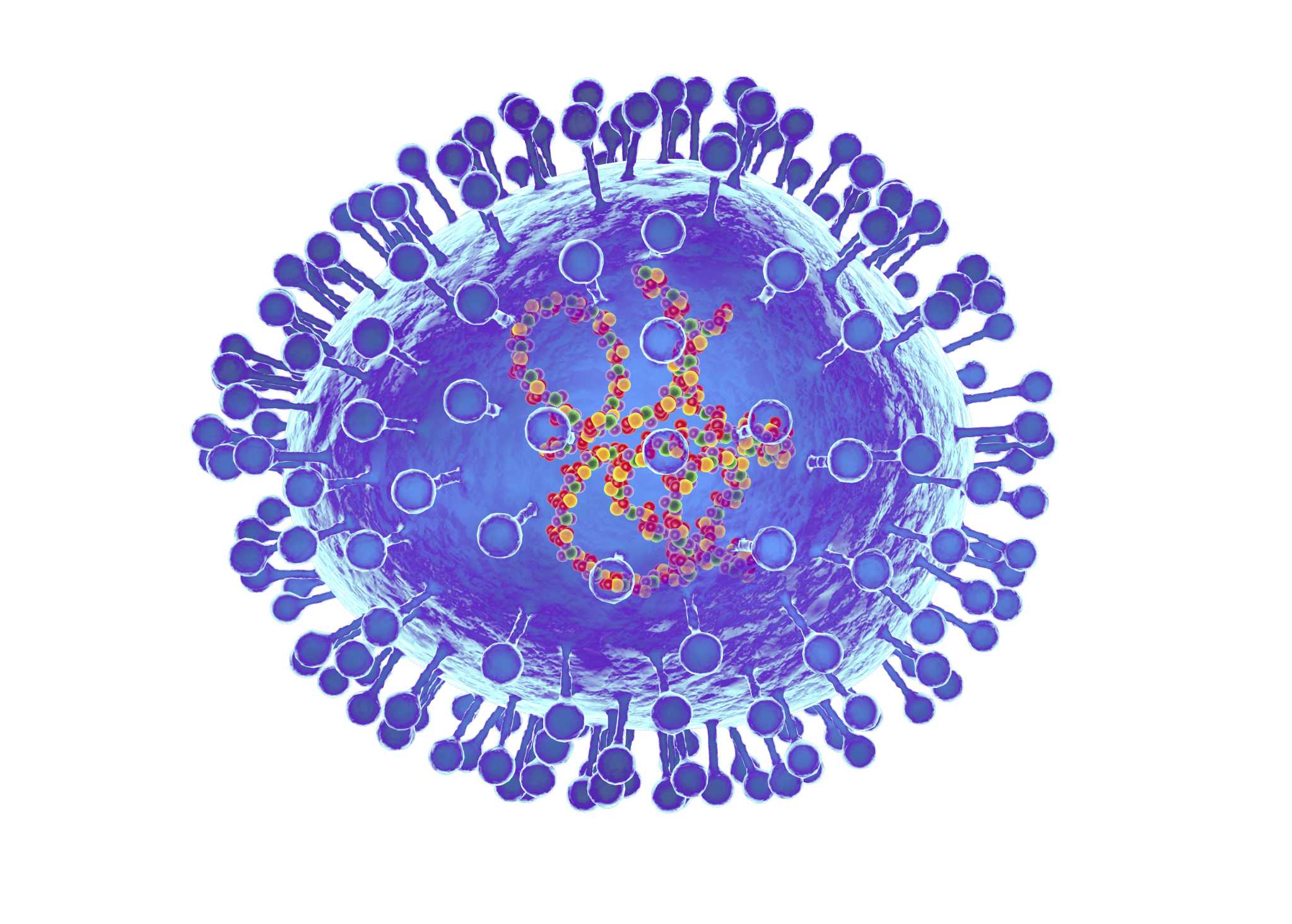
The recent spread of a new virus, human metapneumovirus (HMPV), in China has sparked global concerns, with reports of increasing cases among children under 14. However, Indian health experts and the Union Ministry of Health and Family Welfare have dismissed the possibility of a widespread disruption. This is due to previous knowledge about HMPV and its similarity to respiratory syncytial virus (RSV), a common respiratory pathogen. While HMPV may be a trigger for asthma in infants, it is not as deadly as Covid-19 and there is no reason for alarm yet.
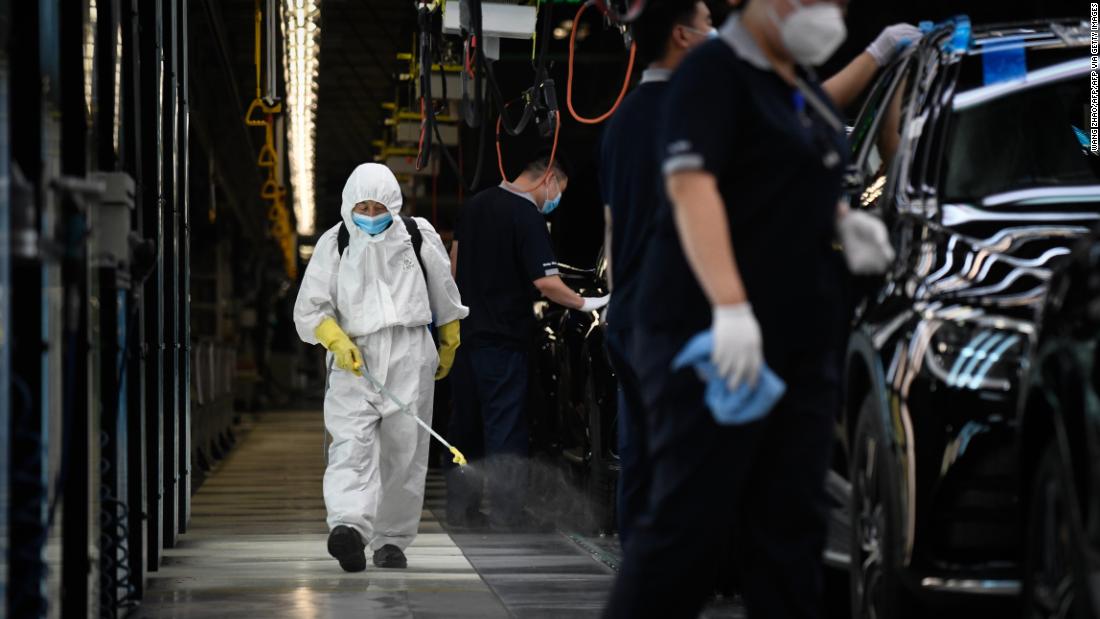
China's disease control authorities have launched pilot systems to monitor and report cases of Human Metapneumovirus (HMPV), which has been linked to a recent flu outbreak. As the country continues to battle this respiratory virus, the World Health Organization calls for transparency and cooperation in researching the origins of COVID-19 to better prevent and prepare for future epidemics. Experts warn that people with weak respiratory health and weakened immune systems, as well as young children and the elderly, are most at risk for HMPV and urge preventive measures such as frequent hand washing and wearing masks.
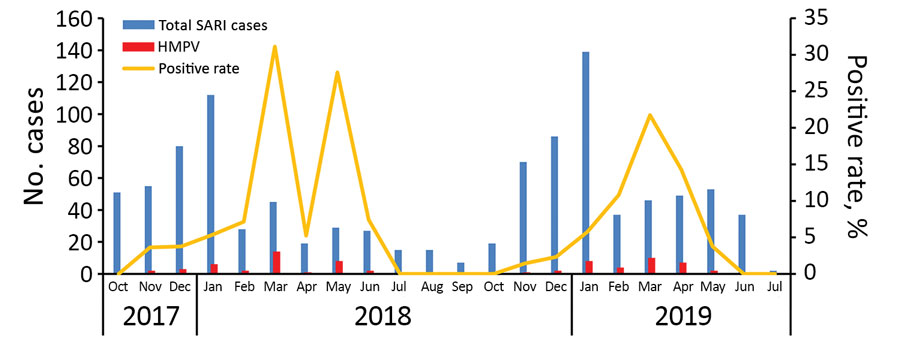
Amidst growing concerns over the coronavirus outbreak, China confirms an increase in cases of human metapneumovirus (HMPV) among children under 14 years old, especially in northern provinces. HMPV is a respiratory illness similar to the common cold, with symptoms including coughing, runny nose, and sore throat. Health officials are urging the public not to blindly use antiviral drugs to fight HMPV, as there is currently no vaccine against the virus. Antibiotics may be prescribed in extreme cases where HMPV has caused pneumonia and a secondary bacterial infection.

The University Grants Commission (UGC) has announced draft guidelines for introducing skill-based courses and micro-credentials in higher education institutions, aligning with the objectives of the National Education Policy 2020. These courses, including emerging fields such as data analytics and AI, aim to enhance students' employability and support economic growth through a qualified workforce. Feedback on the guidelines will be accepted for the next 30 days, giving students and educators a chance to provide their input.
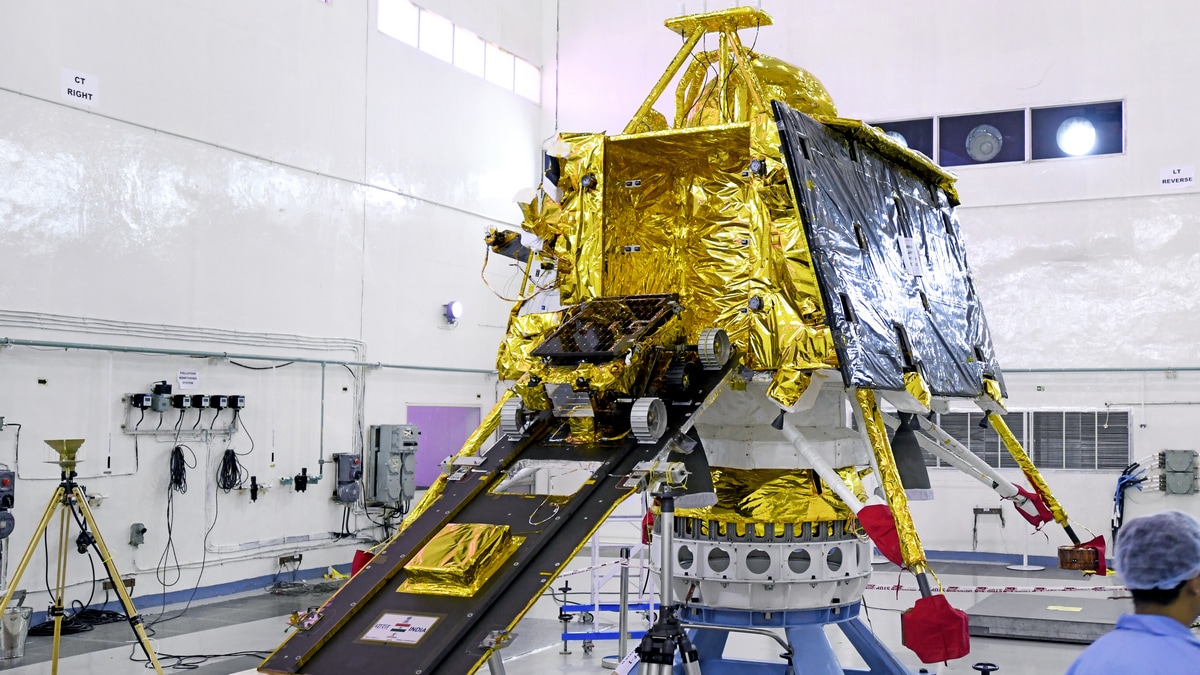
Indian Space Research Organisation (ISRO) has successfully placed two satellites, weighing 220kg, into a circular orbit of 475 km for a crucial space docking technology demonstration. This mission also included the launch of POEM-4 with 24 payloads from startups, industries, and academia. Scientist S Somanath stated that the docking process is expected to take place on January 7, after operations at ISTRAC Bengaluru from December 31. This mission is a major step towards future space missions for India.

The Indian Space Research Organisation (ISRO) launched the PSLV C60 mission on Monday night, marking a historic moment for the country's space exploration. The mission involved the launch of two spacecraft, which will demonstrate India's capabilities in orbital docking- a crucial technology for future human spaceflight and satellite servicing missions. With this achievement, India joins an elite group of countries with this technology, furthering the country's ambitions to send humans to the Moon and establish its own space station.